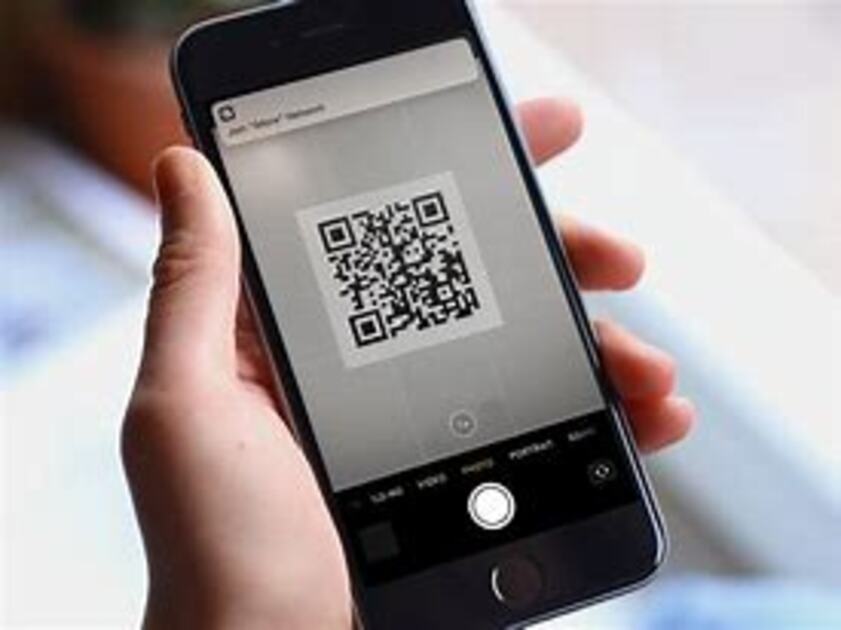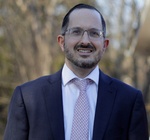
Over my years of teaching, many teacher stories have been shared with me. Some have been instructive, some less so. But the one about Horowitz is one that I like to remind myself of.
A teacher walks into class on the first day of the school year. The students get quiet as they anticipate the start of a new lesson and a new school year. The teacher asks, “Which one of you is Horowitz?” One boy raises his hand. The teacher declares, “Get Out!”
The boy asks, “But why? I didn’t do anything.”
The teacher says, “I heard about you. Do you think I’m going to wait until you do something?”
* * *
I sincerely hope the story is apocryphal. I dearly hope that no teacher did or would ever consider removing a student for last year’s misbehavior. And yet, I consider the absurdity of the story to be instructive. The lesson is to not label people based on their past behavior. Every interaction we have with students, friends, and loved ones gives us an opportunity to either judge people by their past behavior or to believe sincerely that people can change. It is the belief in change that breathes hope into relationships.
Every day, as a teacher entering the classroom and as a mediator entering the mediation room, I have the option to think that today will be “same old,” where past performance will repeat itself. I can expect the same challenges between husband and wife and the same classroom talkers and out-of-turners. Or I can choose to realize that all of us are growing and changing all the time as we interact and become exposed to new ideas and perspectives. Perhaps a conversation from last week has made someone more aware of another perspective. Perhaps someone will be more mature or more sensitive today.
One of the trickiest parts of education is labeling. On the one hand, a quick and easy identification of the problem we are dealing with makes it easy to know how to proceed. On the other hand, certain types of labeling can lock a person in a preconceived destiny, making it very hard for them to change. This is a silly thing to do because all of life is about change. In fact, the reason we were created is to give us the chance to change ourselves for the better.
Unlike fingerprints and DNA, which are gifted to us and make us physically and mentally unique and defined, our behaviors are a matter of free choice. Even if we have tendencies and ingrained habits, with the proper guidance and practice we can change ourselves remarkably well. Our brains have plasticity. Their neurons can do new things by forging new or stronger connections with other neurons. They can be reformed to the tendencies of our choosing. Certainly, people can change.
* * *
This is particularly relevant in marriage. When we label a spouse as sloppy, self-centered, stingy, or narcissistic, it makes change difficult. They become the label. Their behaviors become like fingerprints, with no hope for change.
Yet, behaviors can be changed, usually through the baby-step method. Within weeks, there absolutely can be change if we are hopeful and open to it.
When dealing with an objectionable behavior, it is best to identify the behavior without labeling it. When you engage in heartfelt, open communication you enable your spouse to understand how certain behaviors are just not working for you. That breakthrough of realization allows your spouse to consider change and obtain effective coaching. This helpful improvement is the essence of teshuva, which we Jews believe in strongly. It is made totally impossible if we label someone stingy, self-centered, or rotten, thereby locking them into the behavior.
In our time, the amount of information contained in fingerprints has been dwarfed by the amount of information that can be contained in a QR code. This square little black-and-white label can be linked to a limitless amount of digital information describing an item’s identity and quality. When affixed to a bookcase, for example, a simple scan can identify the type of wood, origin, strength, precise color, and probable endurance. If we were to similarly label people, we would lock people into thinking that they cannot change.
Early psychologists noticed that by studying a person well, one could predict with 95% accuracy what their future would be. Apparently, the subject’s career and moral choices were fairly predictable based on keen observation of their current state. Upon hearing of these predictions, a rebbe of mine declared, “The five percent that they can’t predict accurately are the people who exercise free choice. The goal of life is to be part of that 5% and make responsible choices.”
I find it fascinating that the term QR stands for “quick response.” It was named for its ability to give the person scanning an item rapid access to all relevant information. That is great for objects and merchandise. But when we label people, we are denying their ability to grow – their free will – and set ourselves up to possibly getting no response at all. Instead, the way to repair relationships is to recognize that we are all quite fluid and capable of change. We can build bridges, each of us doing our part to bring about mutual understanding, improvement, and respect.
Indeed, bridge building is a great metaphor for repairing relationships. Bridges are not built from one side alone. A bridge is built by starting simultaneously on both sides, in separate endeavors, coordinated by a professional so that they will meet effectively.
People can change. People do change. We must make sure that we don’t label or “QR code” people if we are hoping for a quick response – or any response at all.
So, Horowitz – if you really exist, wherever you are – come back to class. I am confident that this year will be a blessed one.
Mordechai Rhine is a certified mediator who specializes in marriage mediation. He is based in Baltimore, Maryland, and services clients throughout the United States via Zoom. Rabbi Rhine has served as a community Rabbi for over two decades. He can be reached through his website, www.care-mediation.com, or by email at RMRhine@gmail.com.
 Previous
Previous

